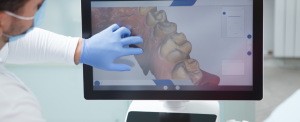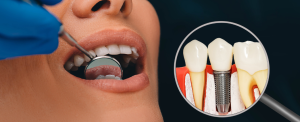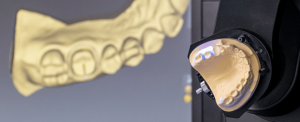Digital dentistry has emerged as a transforming force in the world of dentistry, revolutionizing not only clinical practice, but also making significant contributions to environmental sustainability. As we move towards an increasingly environmentally conscious future, it is crucial to explore how the adoption of digital technologies in dentistry can pave the way for a more ecological and sustainable practice.
Historically, the dental process involved taking analog prints and their subsequent sending them to laboratories in vehicles, contributing to carbon emissions and generating waste. Digital dentistry, however, offers a more ecological alternative by allowing the capture of digital intraoral impressions and the transmission of files electronically. This immediate change reduces carbon dioxide emissions, but it is essential to consider sustainability at all stages of the process, from the supply of materials to the manufacture of digital components.
Impact of Digital Design on Sustainability
Digital design not only improves efficiency and accuracy, but also has significant benefits from a sustainable point of view. In an analog approach, prints, models, registration and physical space were required for storage. In contrast, the digital design allows remote image capture, cloud storage and visualization on devices, reducing the need for physical space and utilities.
Production of dental prostheses and 3D printing
The production of dental prostheses has evolved, going from traditional casting methods to precise milling and, more recently, to 3D manufacturing and printing. This technology offers key advantages, such as the ability to create complex geometries and greater sustainability by using less material and energy compared to conventional methods.
Possibilities, challenges and recommendations
The use of indirect onlay restorations is presented as a new option that saves time, money and resources. Artificial intelligence, virtual and augmented reality are also leaving their mark on dentistry, offering powerful tools for diagnosis, treatment planning and education.
However, the adoption of digital dentistry is not without challenges. Cases in which, for example, surgical guidelines do not fit properly highlight the importance of expert knowledge and the proper use of these technologies. From this perspective, it is crucial to avoid scenarios where digital dentistry is used incorrectly, generating unnecessary environmental impacts and loss of resources.
If we then aspire to a more sustainable dentistry, we must address the entire panorama. Dr. Les Kalman, in a publication for the Dental Tribune, gives some recommendations:
- Consider the clinical workflow and evaluate how sustainability can be improved without compromising the standard of care.
- Understand and follow the foundations and principles of digital dentistry.
- Be curious and explore new technologies.
- Be critical. For example, consider whether a fully guided case is essential.
- Consider a hybrid or merged workflow, which combines the best aspects of analog and digital, until predictable digital workflows are mastered.
Digital dentistry represents a significant advance not only in patient care, but also in environmental sustainability. By adopting a thoughtful and conscious approach, dental professionals can make the most of digital tools, minimizing their environmental impact and contributing to a healthier future for both patients and the planet. Digital dentistry is more than a tool; it is a vehicle for positive change in dental care and the preservation of the environment.



